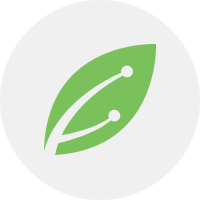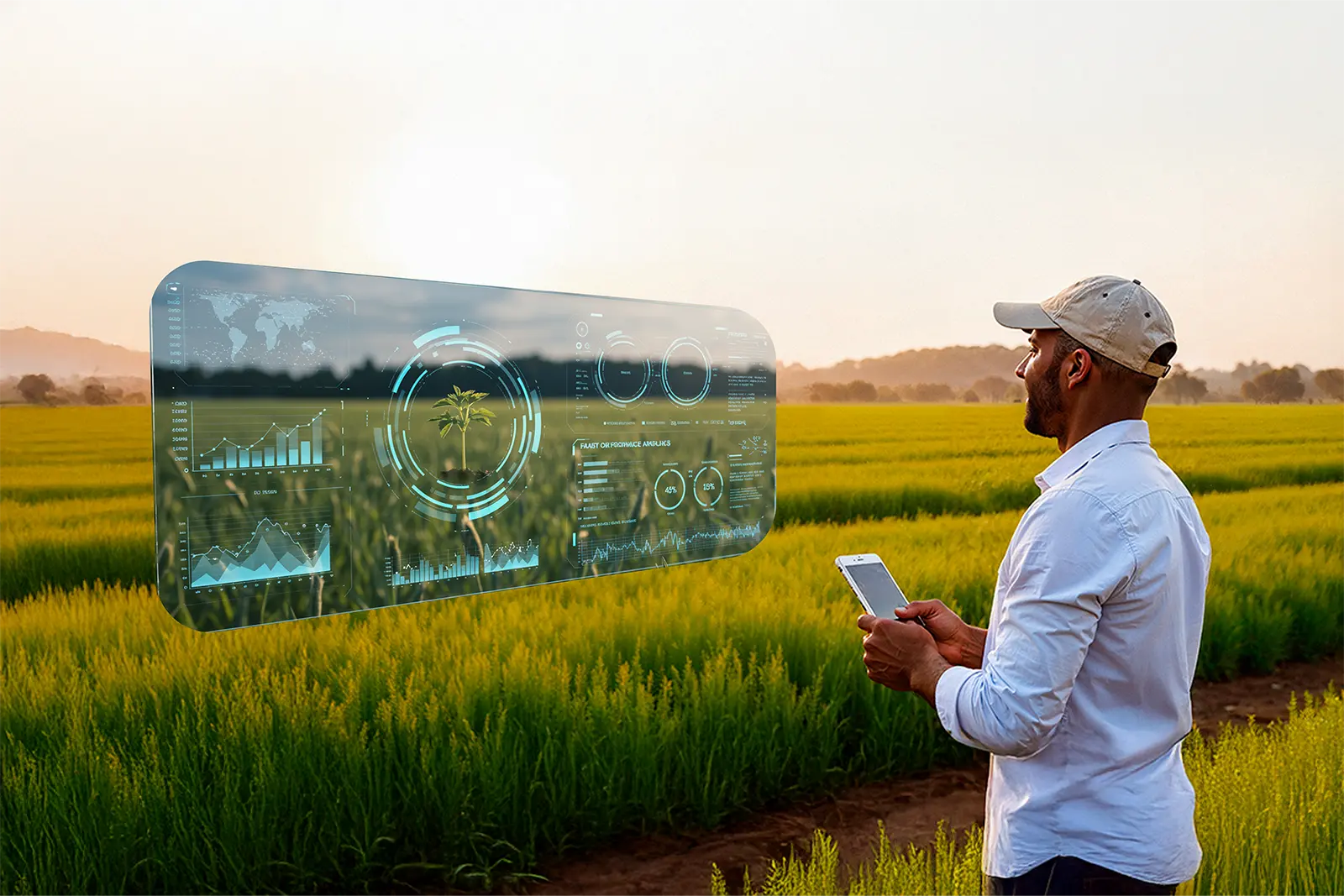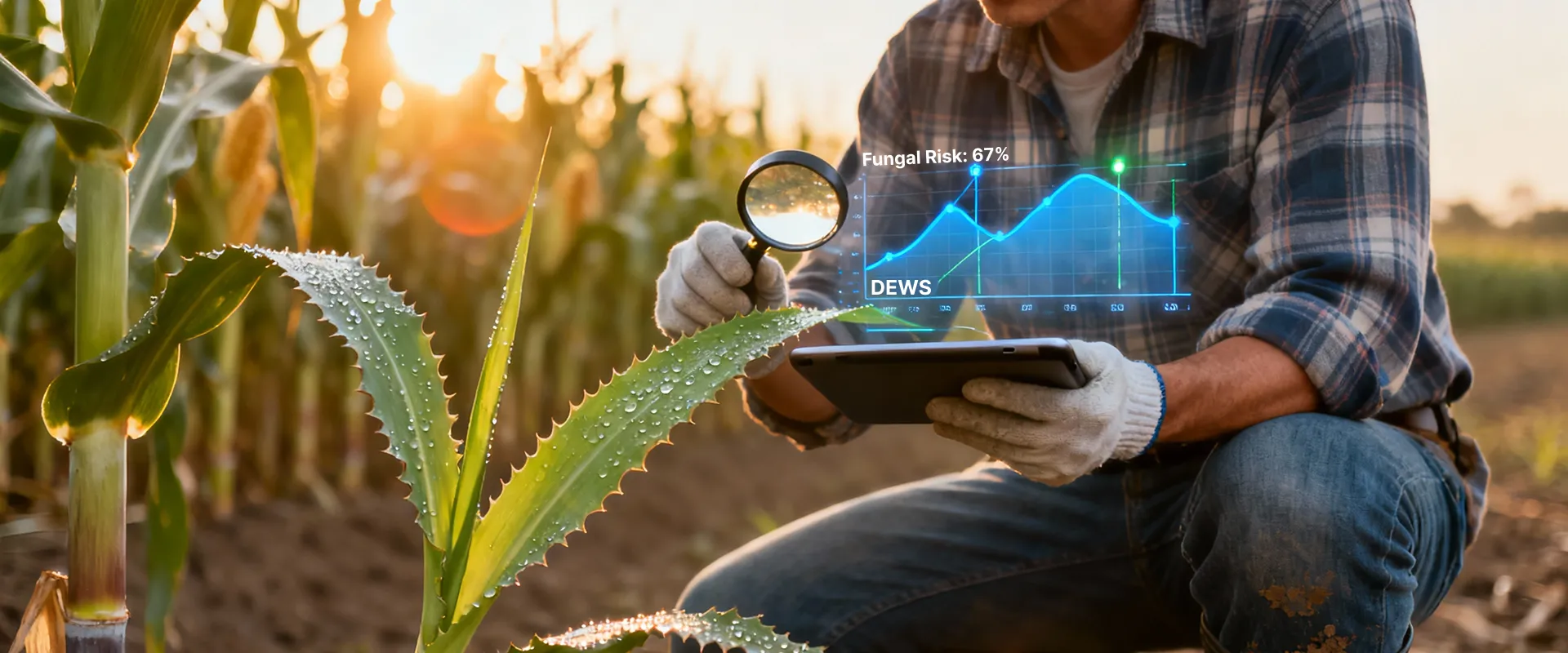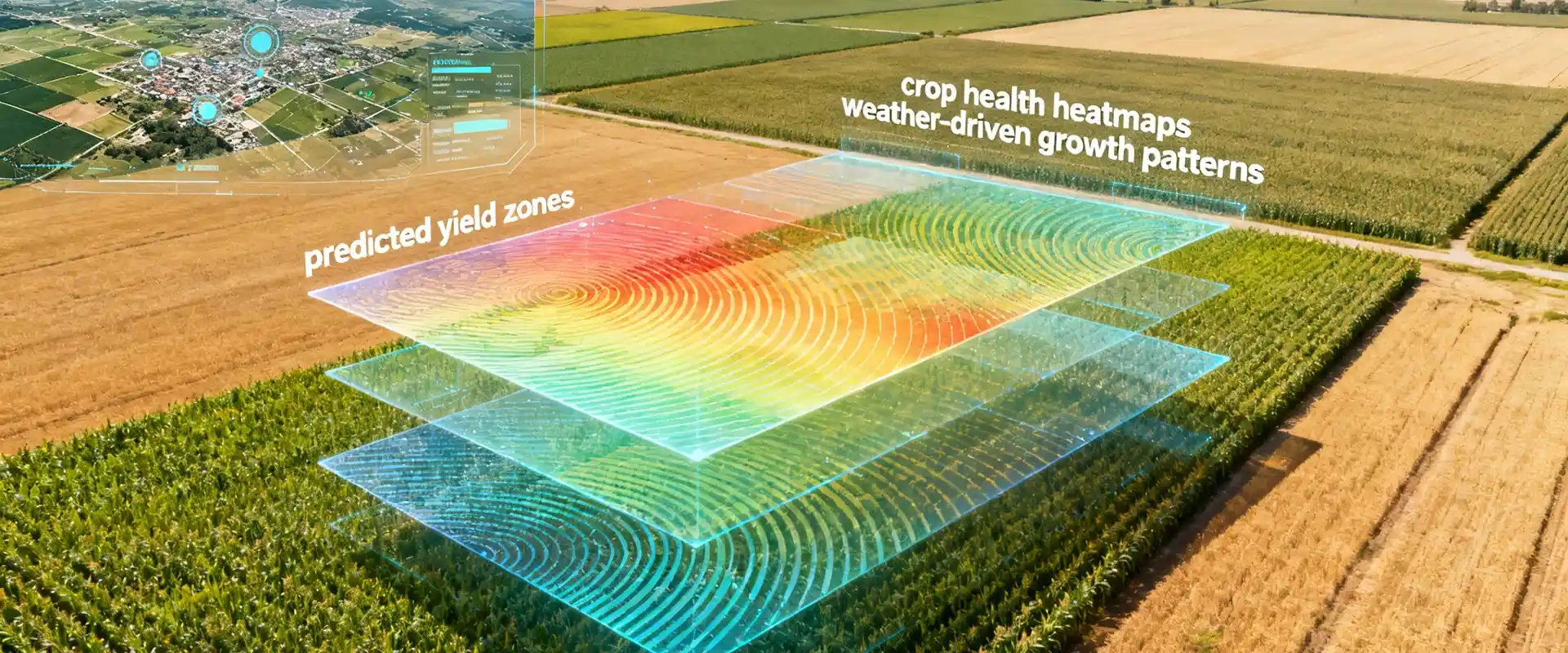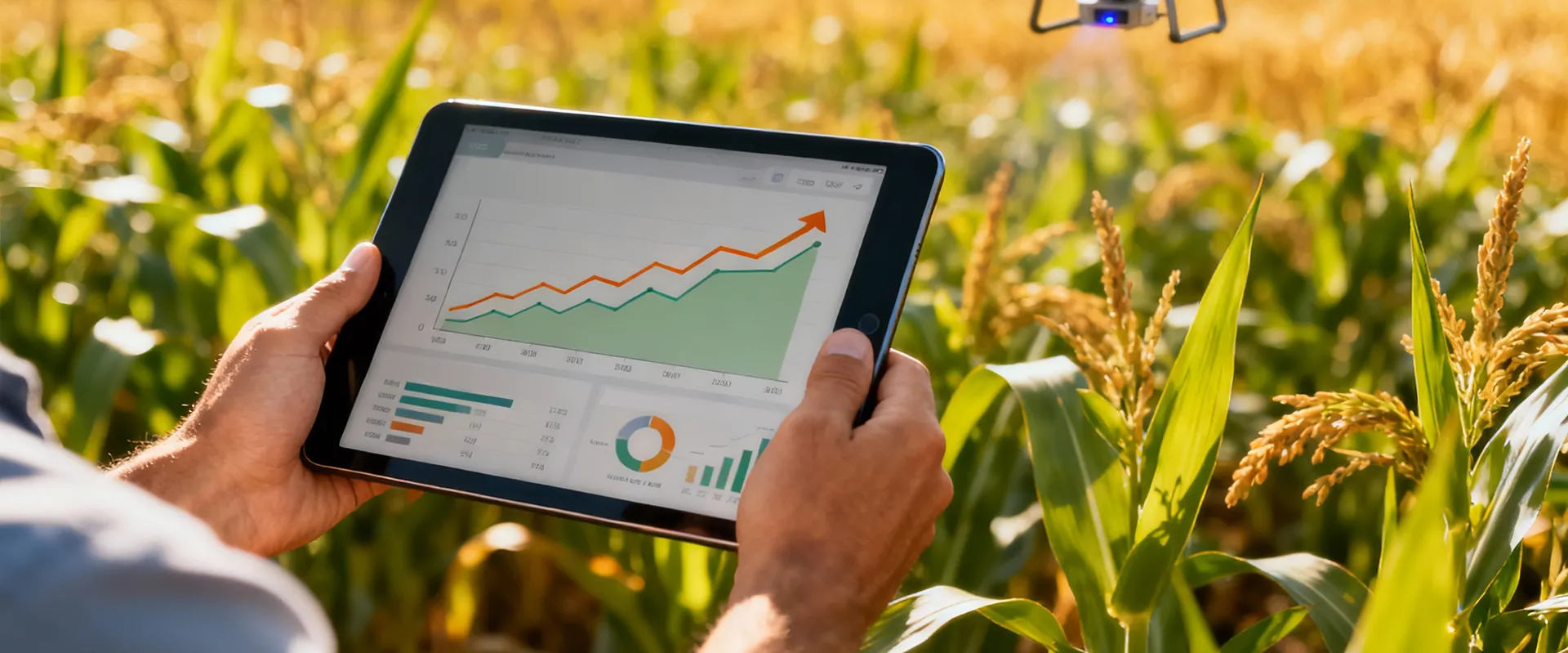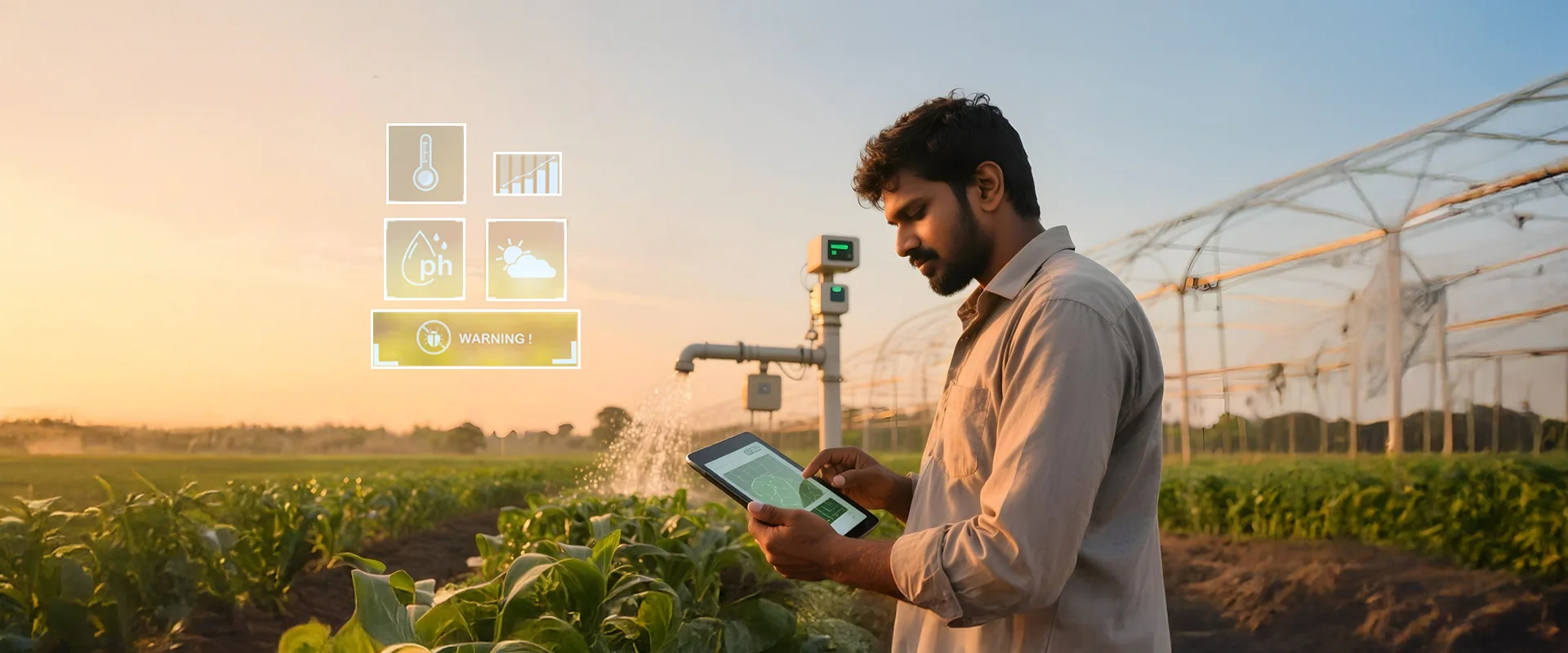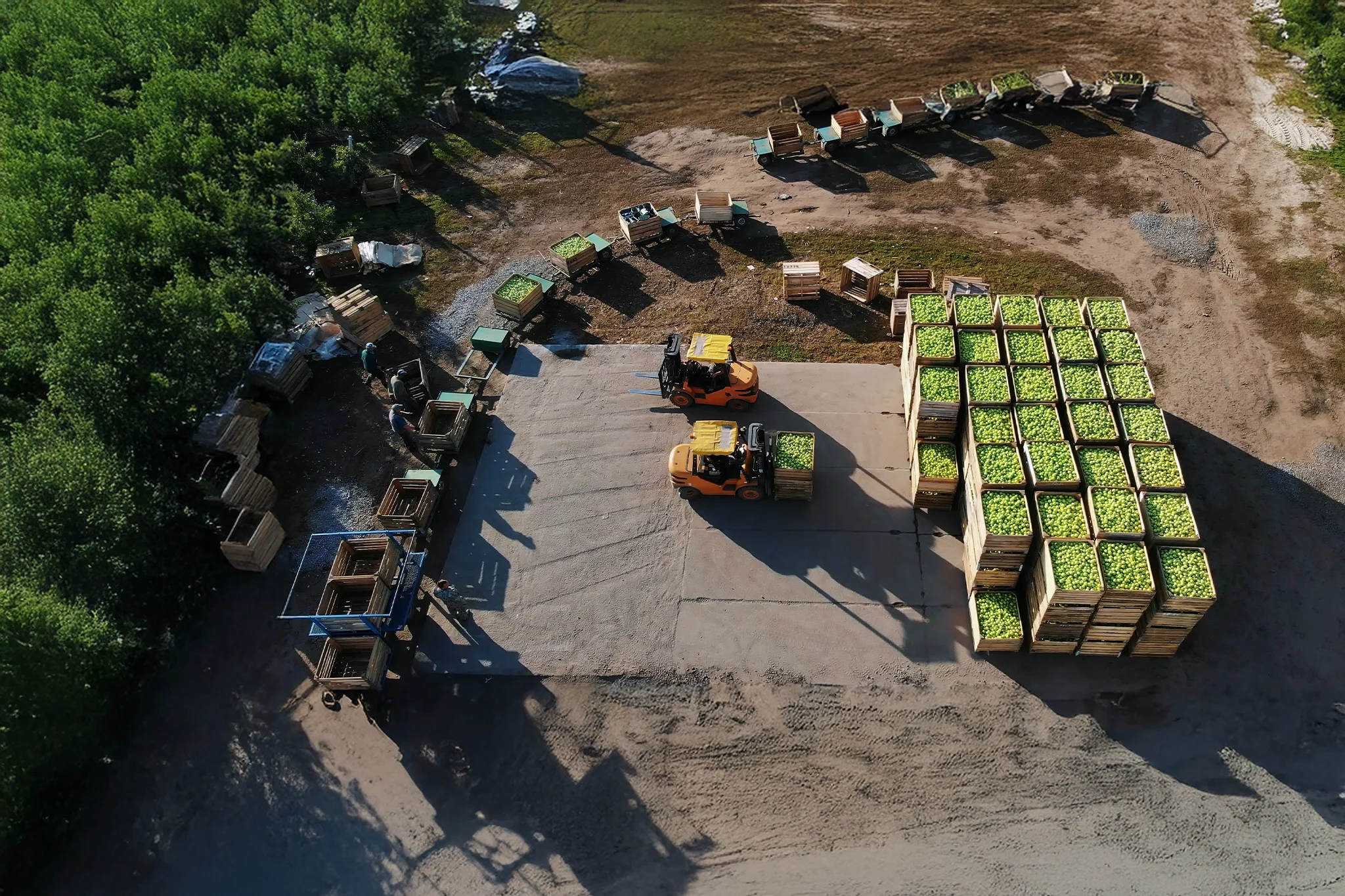The ubiquitous nature of technology has enabled various sectors and individuals to reap its benefits, and the agriculture sector is no exception. According to Data Bridge Market Research, the global digital agriculture market which was USD 13.17 billion in 2021 is expected to reach USD 28.45 billion by 2029, growing at a compound annual growth rate (CAGR) of 10.10%.
Agriculture is indispensable for human existence as it is the main source of food and fiber. As the global population is projected to grow to over 9.6 billion by 2050, demand for food is also expected to increase over twofold by that year.
In a bid to increase agricultural yield to meet the growing demands, agri-stakeholders – farmers, agri-businesses, policymakers, and industry leaders – are looking at using technologies such as Artificial Intelligence (AI), Machine Learning (ML), Cloud Computing, and the Internet of Things (IoT) to transform the sector globally towards climate-resilient agriculture and digital agriculture that promises increased agricultural productivity and ensures farm-to-fork traceability.
However, the agricultural sector has an overly complex structure, which is susceptible to unpredictable natural calamities and involves various stakeholders – farmers, agri-input businesses, policymakers, and the food industry. To innovate and deploy technology seamlessly to meet the needs of various stakeholders and agricultural production is a challenging task.
Stakeholders in the farming industry (especially farmers and agricultural input companies) play a significant role in food production. From procuring quality seeds to sowing till the harvest is priced and sold, farmers encounter various challenges such as crop health issues, weather updates, erratic rain patterns, climate change, agri-input quality, etc. On the other hand, agri-input companies need appropriate data to market the right agri products to the farmers to enable sustainable food production.
There is a need to bridge this gap between the stakeholders, or else it can lead to financial and productivity loss. Cropin, a leading agriculture cloud solution provider, has built the world’s first intelligent agriculture cloud platform, which enables stakeholders across the Agri-ecosystem worldwide to accelerate digital transformation of their businesses and ecosystem value chains.
Here are three essential steps to digitalize agriculture and improve agricultural yield:
Data collection
Agricultural data includes information on growing crops, monitoring weather patterns, and farm monitoring and management. Cropin’s apps and solutions utilize IoT data in agriculture like data from IoT devices like robots, remote sensors, drones in agriculture, automated irrigation systems, and satellite farming, to help collect agricultural data in real-time.
The application platform is tailored to cater to every agri-industry and comprises mobile apps and web solutions that capture and digitize agri-data from the farm to fork. This includes seeds trialing across generations, crop protection and nutrition development on/off the field, seed production, farm management and application of package of practices, farmer enablement and business engagement with the farmers, inventory management, supply chain visibility, farm-to-fork traceability, and climate-smart agriculture.
Uncover the potential of climate smart agriculture (CSA) to combat the threat of climate change
Learn about CSA strategies that you can deploy to fight climate change, tools and approaches for implementing CSA, and technologies that can help you enforce smart-climate farming practices
Devices such as robots, drones, remote sensors, satellite imagery, and computer imaging help in identifying weeds, imaging, mapping, and surveying farms, provide insights on crop health, yield prediction, soil health, plant counting, weather conditions, help in detecting anomalies, and enable better management of farms. These apps and devices can help farmers monitor field conditions easily from anywhere.
Data analytics
A critical challenge to the agriculture industry is the effective management of the agri-data collected through various sources on and off the field. Cropin Data Hub structures the data through an agri-object model, enabling seamless data integration from all agri-data sources.
- Cropin Data Hub aggregates data from various sources – IoT devices, applications, and weather and earth observation data.
- It then processes the data to solve queries and challenges.
- Contextual custom reports and visualizations are generated and are available on Online Analytical Processing (OLAP) for reference.
It reduces data engineering efforts by up to 80% for organizations and enables various stakeholders to take appropriate decisions to improve efficiency and increase agricultural production.
AI-powered advisories for actionable insights
Data-driven advisories extended by agtech solutions are analogous to prescribing a pill for a specific ailment. With all the agri-data collected through various sources and insights generated with the help of a mature AI and ML model, Cropin Intelligence is able to provide the right advice leading to smart farming, sustainable agriculture, and improving productivity.
It provides access to over 22 contextual deep-learning AI models that offer insights and predictive intelligence to stakeholders on crop detection, irrigation scheduling, nitrogen uptake, water stress detection, pest and disease prediction, yield estimation, historical crop performance report, and much more. It is fine-tuned to work with a range of specific crop varieties, conditions, and locations.
Combining intelligence from these models with other datasets delivers additional business insights for specific requirements. For example, coupling the output from Crop Detection and Yield models with previous seasons’ pricing data can predict the price for the current season.
Combining all the above three components, a cloud-based farming tool called Cropin Cloud has been developed bringing planning and operational expertise to the agricultural sector and empowering the stakeholders to leverage its entirety from one place, and on demand. Just like how a doctor collates data, analyses the symptoms, and prescribe medicines, the above three steps – data collection, data analytics, and extended advisories – play a significant role in collating data, identifying the issues, and prescribing accurate methodology to identify and deal with the problem at the initial stages to improve productivity and reap financial gains.
